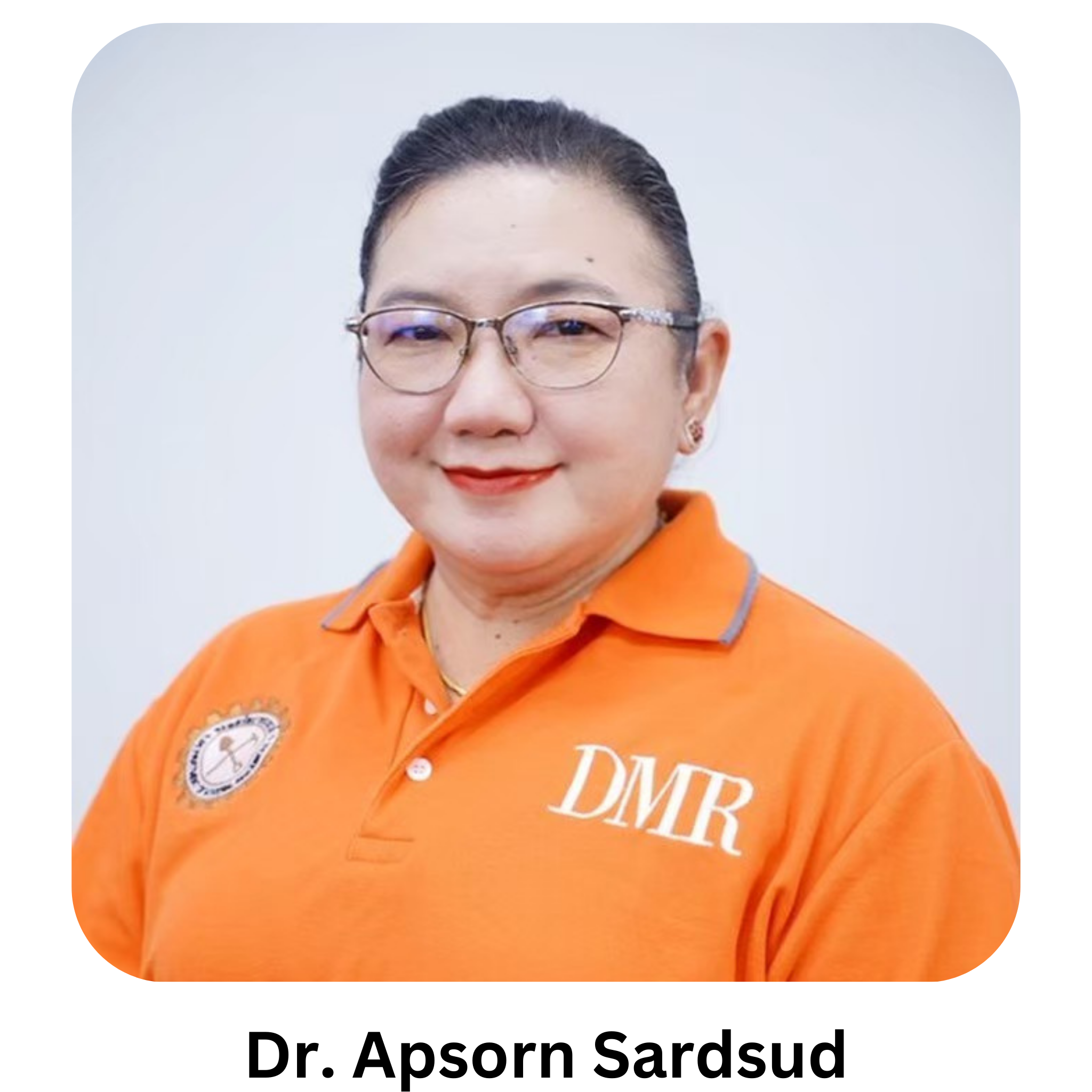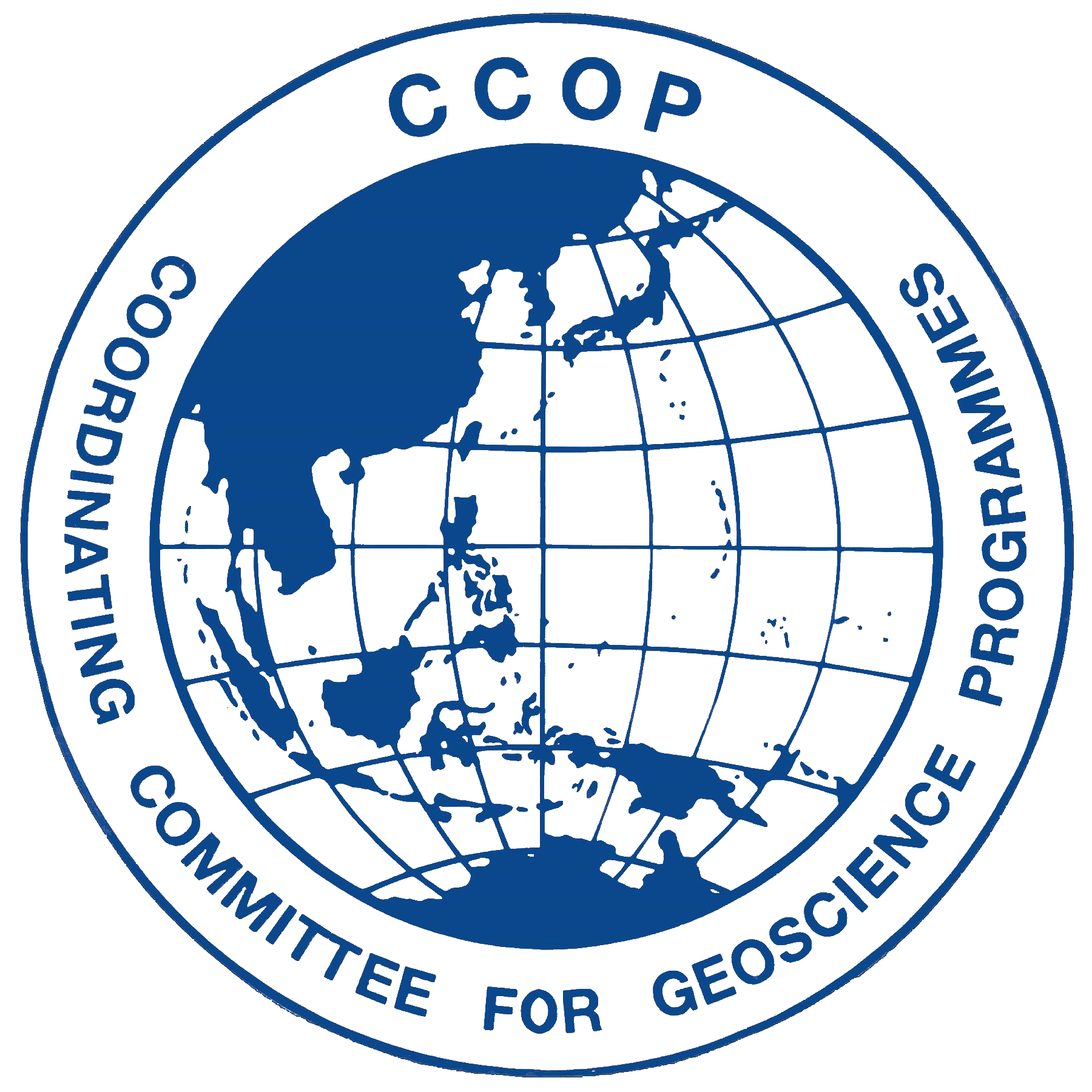Transition between the Thabsila metamorphic complex and the Lower Paleozoic formations and their sandstone provenance, Kanchanaburi, western Thailand
Keywords:
Cambrian, Ordovician, regional metamorphism, sandstone provenanceAbstract
In Kanchanaburi province of western Thailand, the oldest three rock units include the Thabsila regional metamorphic complex exposed side by side with the Cambrian Chao Nen and the Ordovician Tha Manao formations, possessing field relation, petrography and geochemistry strongly suggesting a transitional relationship. The latter two rock formations are equivalent to the Cambrian Tarutao Group and the Ordovician Thung Song Group from southern Thailand. They are characterized by alternating lithofacies of argillites, siliciclastics and carbonates. The gradational nature among them both in lithology and grade of metamorphism with only a single mode of foliation development indicates one episode of progressive regional metamorphism. Modal compositions of the Upper Thabsila and the Chao Nen meta-siliciclastic sandstones show them as original quartz arenite and subarkose to arkosic
sandstones. Their provenances was from a continental block setting. The chemical discrimination diagrams indicate they have been deposited in a passive continental margin environment and have an asymmetrically cyclic sedimentation habit. This evidence implies that there is no unconformity between the Thabsila complex and the Lower Paleozoic formations. Although this terrain was subjected to a series of northwest dextral strike-slip fault movement, their gradational nature in grades of metamorphism is, in part of some sections, still preserved. Their sharing of the same provenance and the tectonic setting show that they were continuously deposited throughout the long history of the Shan-Thai terrane (up to as young as around Carboniferous, the timing of tectonically uplifting by the incoming of volcanism to this terrane). The underlying older Precambrian basement, the source rock of the Thabsila complex have never been observed. Probably have been re-melted to the common foliated Triassic S-type granite in western Thailand.
References
Akinyemi, S. A., Adebayo, O. F., Ojo, A. O., Fadipe, O. A., & Gitari, W. M. (2014). Geochemistry and mineralogy of the Campanian Sandstone of Lokoja-Basange Formation, Middle Niger Basin (Lokoja sub-basin), Nigeria: Implications for provenance, weathering, tectonic setting and paleo-redox condition. Journal of Natural Sciences Research, 4(16), 65-89.
Akinyemi, S. A., Adebayo, O. F., Madukwe, H. Y., Aturamu, A. O., OlaOlorun, O. A., Gitari, W. M., ... Ojo, A. O. (2018). Geochemistry of Ahoko claystone-shale sequence, south eastern Bida Basin, Nigeria: implications for tectonic setting, provenance and source area weathering.Transactions of the Royal Society of South Africa, 73(2), 158-171.
Armstrong-Altrin, J. S., Lee, Y. I., Verma, S. P., & Ramasamy, S. (2004). Geochemistry of sandstones from the Upper Miocene Kudankulam Formation, southern India: implications for provenance, weathering, and tectonic setting. Journal of sedimentary Research, 74(2), 285-297.
Bas, M. J. L., Maitre, R. W. L., Streckeisen, A., & Zanettin, B. (1986). A Chemical Classification of Volcanic Rocks Based on the Total AlkaliSilica Diagram. Journal of Petrology, 27, 745–750.
Bhatia, M. R. (1983). Plate tectonics and geochemical composition of sandstones. The Journal of Geology, 91(6), 611-627.
Bunopas, S. (1981). Pelaogeographic history of western Thailand and adjacent parts of Southeast Asia-A plate tectonics interpretation. Geological Survey, Paper, 5, 810.
Dickinson, W. R., Beard, L. S., Brakenridge, G. R., Erjavec, J. L., Ferguson, R. C., Inman, K. F., ... Ryberg, P. T. (1983). Provenance of North American Phanerozoic sandstones in relation to tectonic setting. Geological Society of America Bulletin, 94(2), 222-235.
Folk, R. L. (1974). Petrology of sedimentary rocks. Texas: Hemphill Diesel Eng Schools. Hansen, B. T., Wemmer, K., Putthapiban, P., Kleinhanns, I. C., & Wilsky, F. (2014). Do U/Pb-SHRIMP dating and Pb stepwise leaching (PbSL) analyses confirm the lack of Precambrian basement outcrops in Thailand?. Open Journal of Geology, 4(10), 505-517.
Hay, D. C., & Dempster, T. J. (2009). Zircon behaviour during low-temperature metamorphism. Journal of Petrology, 50(4), 571-589.
Herron, M. M. (1988). Geochemical classification of terrigenous sands and shales from core or log data. Journal of Sedimentary Research, 58(5), 820-829.
Mission, G. G. (1972). Final Report of the German Geological Mission to Thailand 1965-1971. Bundesanstalt fur Bodenforschung, Hannover. Unpubl. Rep. Muangphongoen K., Winsa, T. & Salyapongse, S., (2015). LIthologic, petrographic and petrologic constraints on a continuous succession of Cambrian to Upper Precambrian? Buchan Facies Series, Thap Sila parasedimentary core. Poster presented at 14th International conference on Gondwana. Bangkok.
Nantasin, P., Hauzenberger, C., Liu, X., Krenn, K., Dong, Y., Thöni, M., & Wathanakul, P. (2012). Occurrence of the high grade Thabsila metamorphic complex within the low grade Three Pagodas shear zone, Kanchanaburi Province, western Thailand: Petrology and geochronology. Journal of Asian Earth Sciences, 60, 68-87
Peterson, J. A. (2009). Geochemical Provenance of Clastic Sedimentary Rocks in the Western Cordillera: Utah, Colorado, Wyoming, and Oregon (thesis).
Roser, B. P., & Korsch, R. J. (1988). Provenance signature of sandstone-mudstone suite determined using discriminant function analysis of major element data. Chemical Geology, 67(1), 119-139.
Sangduen, A., Prasongasa, J., Songpracha, N., Uthairat, S., & Laotanakitphaisan T. (2016). Geological field report along the Srinagarindra dam, Takradan, Si Sawat district to Thatungna dam, Chong Sadao, Mueang district, Kanchanaburi province (pp. 149). Kanchanaburi: Division of Geoscience, Mahidol University Kanchanaburi Campus.
Salyapongse, S., Duangdee, P., Laising, N & Adskul, A. (2015). A note on foliated contact metamorphic rocks in Western Shan-Thai. Proceedings Thai-Lao the 3rd Thai-Lao Technical Conference on Geology and Mineral Resources (pp. 80-99). Bangkok.
Salyapongse, S., Hong, P., & Putthapiban, P. (2019). Thabsila gneissic complex: The Buchan / Abukuma Facies Series. Proceedings of the conference on the 80th anniversary of Prof. Dr. Prinya Nutalai: Roles of Thai geologist for economic and social development (pp. 91-103).
Salyapongse, S., Kongsuchko, S., Sratongyung, J., Kaewdum, N. & Putthapiban, P. (2018). The Cambrian low grade regional metamorphic rocks, meta-arkosic to meta-argillaceous subarkosic sandstones in Kanchanaburi province. Poster presented at CCOP. Bangkok.
Wang, Z., Wang, J., Fu, X., Feng, X., Wang, D., Song, C. & Zeng, S. (2017). Petrography and geochemistry of upper Triassic sandstones from the Tumengela Formation in the Woruo Mountain area, North Qiangtang Basin, Tibet: Implications for provenance, source area weathering, and tectonic setting. Island Arc, 26(4), e12191.
Downloads
Published
How to Cite
Issue
Section
License
Copyright (c) 2024 Department of Mineral Resource, Thailand.

This work is licensed under a Creative Commons Attribution-NonCommercial-NoDerivatives 4.0 International License.








